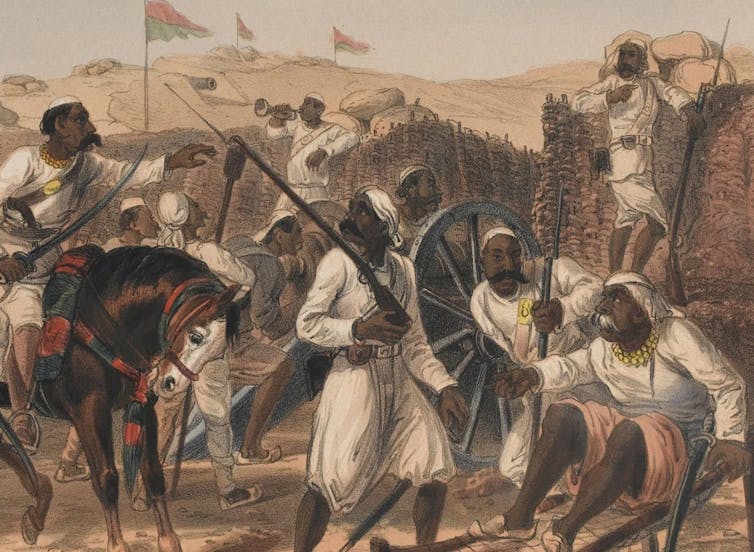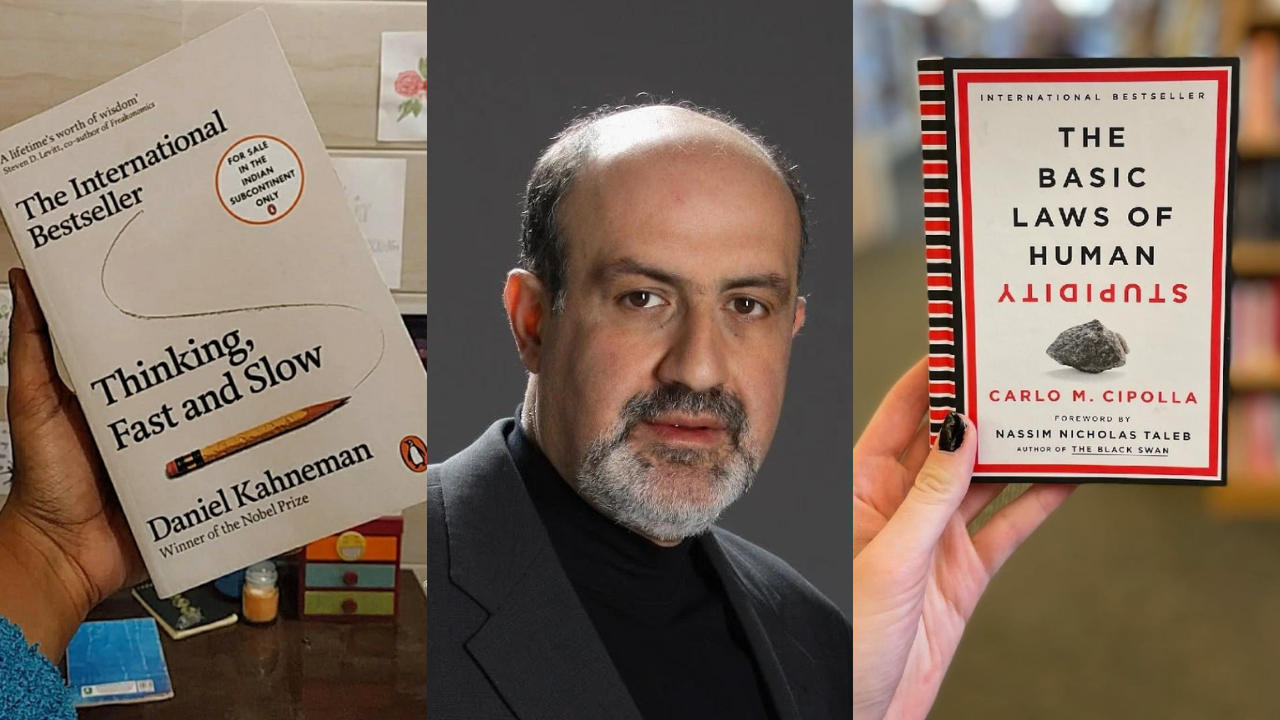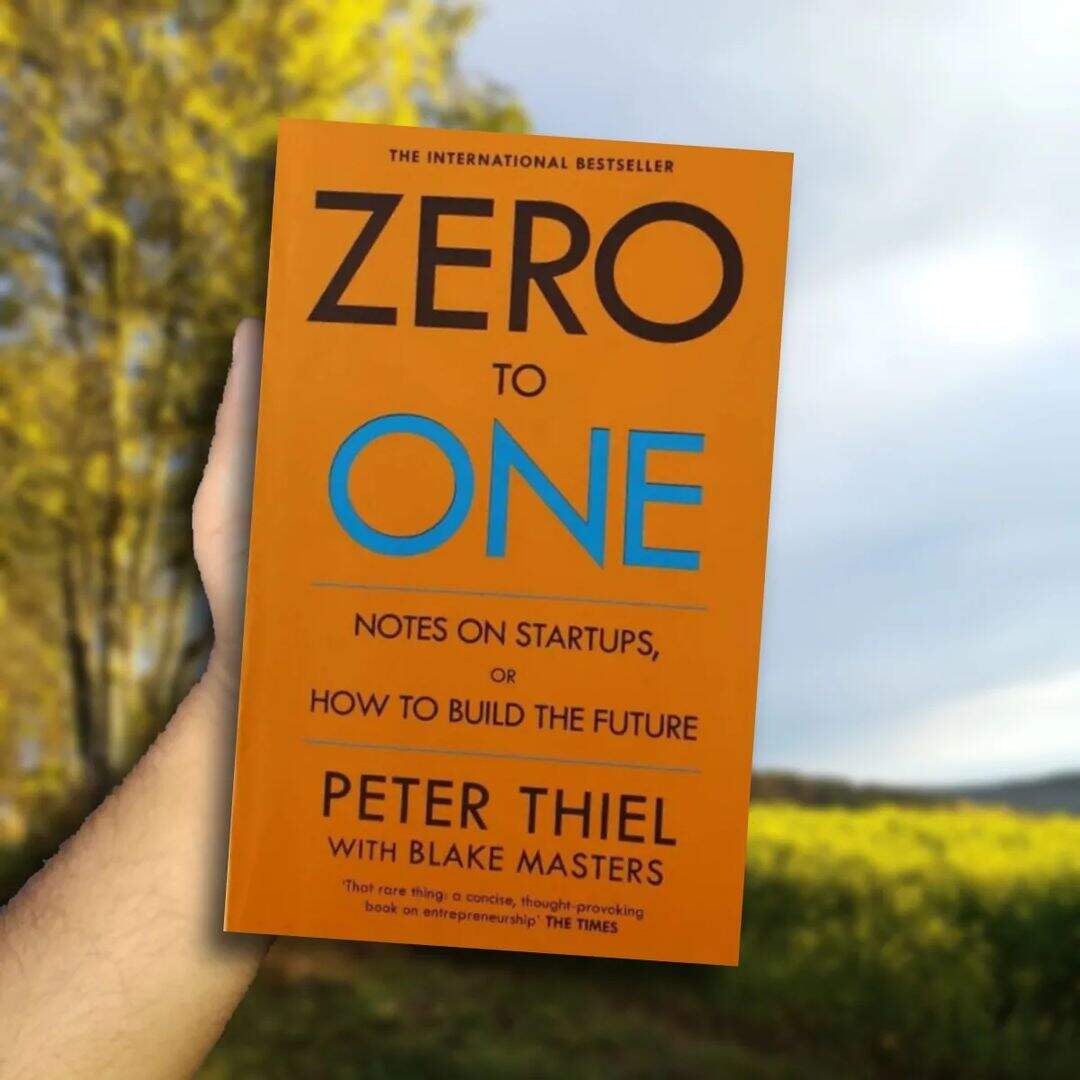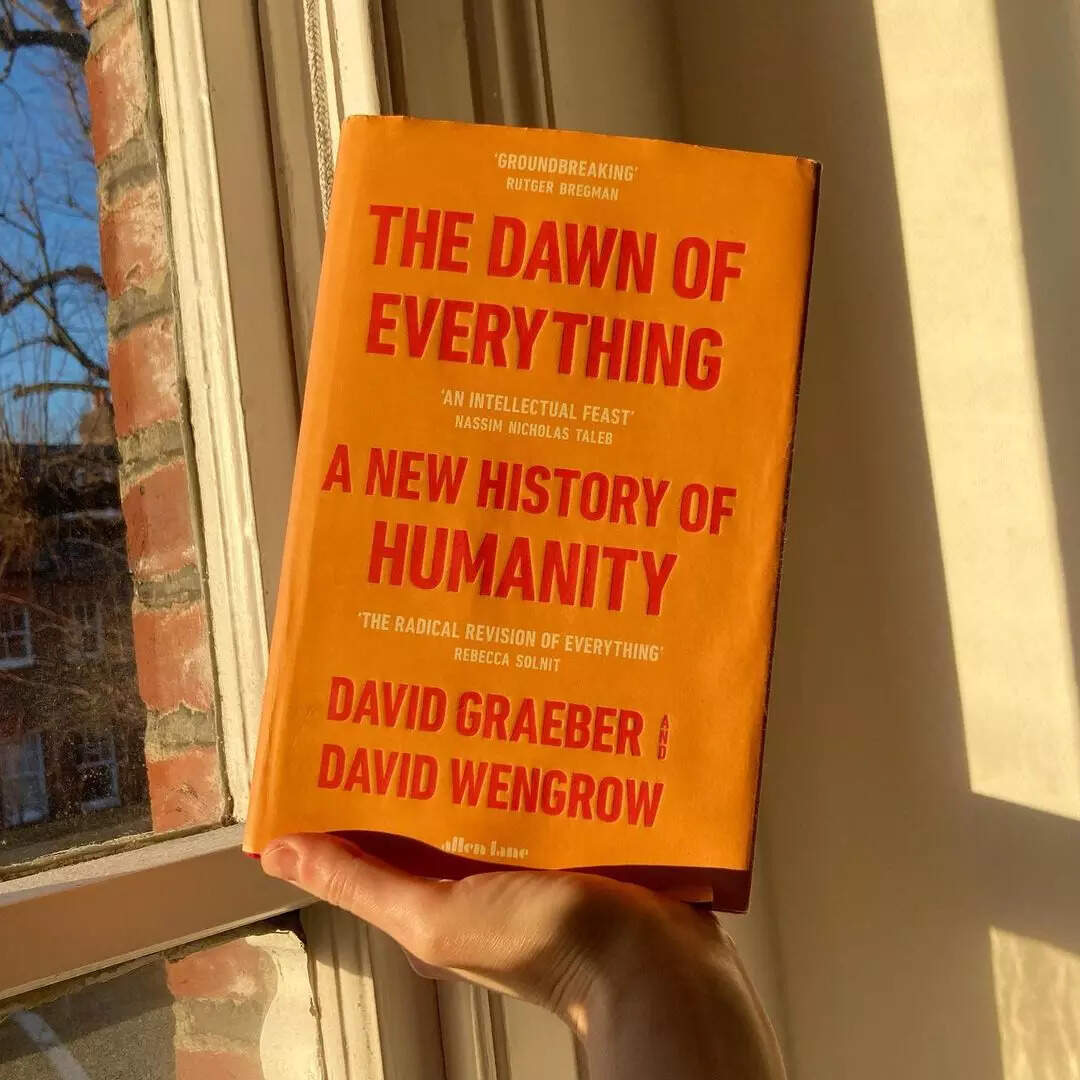The Smart and the Dumb: The Politics of Education in India' book review: Divided by letters
An in-depth examination of the Indian education system that exposes the complexities of caste, class and gender in the country
The book weaves personal stories in the context of a broader social analysis, exemplified by the compelling narrative of Nisha, a young girl from rural western Rajasthan.Photo | Express Illustration
Vishal Vasanthakumar’s The Smart and the Dumb: The Politics of Education in India provides an in-depth examination of the Indian education system through the lenses of caste, class and gender. It delves into how these social constructs influence educational opportunities and outcomes and perpetuate existing inequalities—a core issue since India’s independence in 1947, making education a vital resource based on the fundamental tenets of distributive justice.
The book weaves personal stories in the context of a broader social analysis, exemplified by the compelling narrative of Nisha, a young girl from rural western Rajasthan. Nisha’s journey—from child marriage to becoming an educator—illustrates education’s systemic challenges and transformative power. Despite societal pressures threatening her education, Nisha’s unwavering determination and her mother’s support allowed her to prioritise her education over traditional norms.
Vasanthakumar’s narrative is not just about individual triumphs, but also systemic failures. He critiques the Indian education system for being disproportionately accessible to the privileged, perpetuating socio-economic disparities.
The book’s timeliness is highlighted by the ongoing National Eligibility cum Entrance Test (NEET) scam, which has brought significant attention to the flaws in the Indian educational system. Allegations of paper leaks, discrepancies in exam administration, and the unfair distribution of compensatory marks have marred the credibility of the system time and again.
With a population of around 1.4 billion, India became the world’s most populous country in 2023, surpassing China. Approximately 65 per cent of this population falls within the working-age bracket of 15 to 64 years, presenting a unique opportunity for economic growth. The country, however, faces significant challenges in terms of youth unemployment.
Even for the employed population to be more productive and aligned with global standards, they need adequate resources, training and support, which India’s education policies will define. In fact, the dependence of the Indian economy on these young people will be a direct outcome of education and skilling, and hence, it could create a human capital base that drives India’s growth story.
Vasanthakumar contends that neo-liberal policies have reshaped education, emphasising individualism and self-reliance. This shift has created a competitive environment where the value of education is measured by one’s ability to secure high-paying jobs, reinforcing socio-economic inequalities. Focusing on individual success often comes at the expense of those who cannot compete in this system, exacerbating educational inequities.
The book also explores the complexities of the middle class in India, encompassing complex economic and social realities. While economic liberalisation has led to the rapid growth of India’s middle class, it masks the deep-seated issues of poverty and educational inequality. This crisis is further complicated by the foundational literacy and numeracy issues prevalent in India, where many children fail to achieve essential educational milestones despite attending school.
Vasanthakumar critiques how many families move their children to private schools in search of better education. Even these institutions, however, often fall short of providing high-quality education, perpetuating the cycle of educational inequity. Additionally, he points out: “While the joint family system has been touted as a great and important aspect of Indian tradition and also as a site of education, little is spoken about the detrimental effects it has on children’s self-esteem and agency, and in some cases on educational outcomes as well, especially on the girl child.”
The politics of education in India are intertwined with issues of affirmative action and the myth of meritocracy. Vasanthakumar argues that affirmative action policies, while necessary to address historical injustices, have created tensions among different caste groups. Therefore, education politics become a humiliation and exclusion, where he contends that “globalisation was meant to benefit everyone and integrate everyone into a global economy.
There is, however, sufficient evidence to suggest that globalisation and the forces of globalisation have contributed to new dimensions of inequality and stratification, which have implications not just for education but for politics and culture too”. This creates a class of “wasted humans”—as described by sociologist Zygmunt Bauman—who are excluded from the economic cycle.
Finally, The Smart and the Dumb captures the multifaceted nature of education in India, documenting stories like Nisha’s to portray the political and cultural processes influencing education vividly. It challenges readers to think critically about the role of education in society and its potential to reinforce or dismantle socio-economic inequalities. The book will appeal to a broad audience, including educators, policymakers, sociologists and anyone interested in understanding the intricacies of the Indian education system.
The language and narration are simple, making it accessible to a large population. However, given that the book discusses the Indian education policy landscape in a unique storytelling format, it could have benefited from more comparisons with the development trajectories of other countries and their best practices that could be implemented in the Indian educational context.










